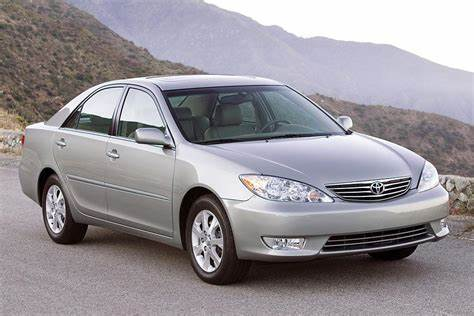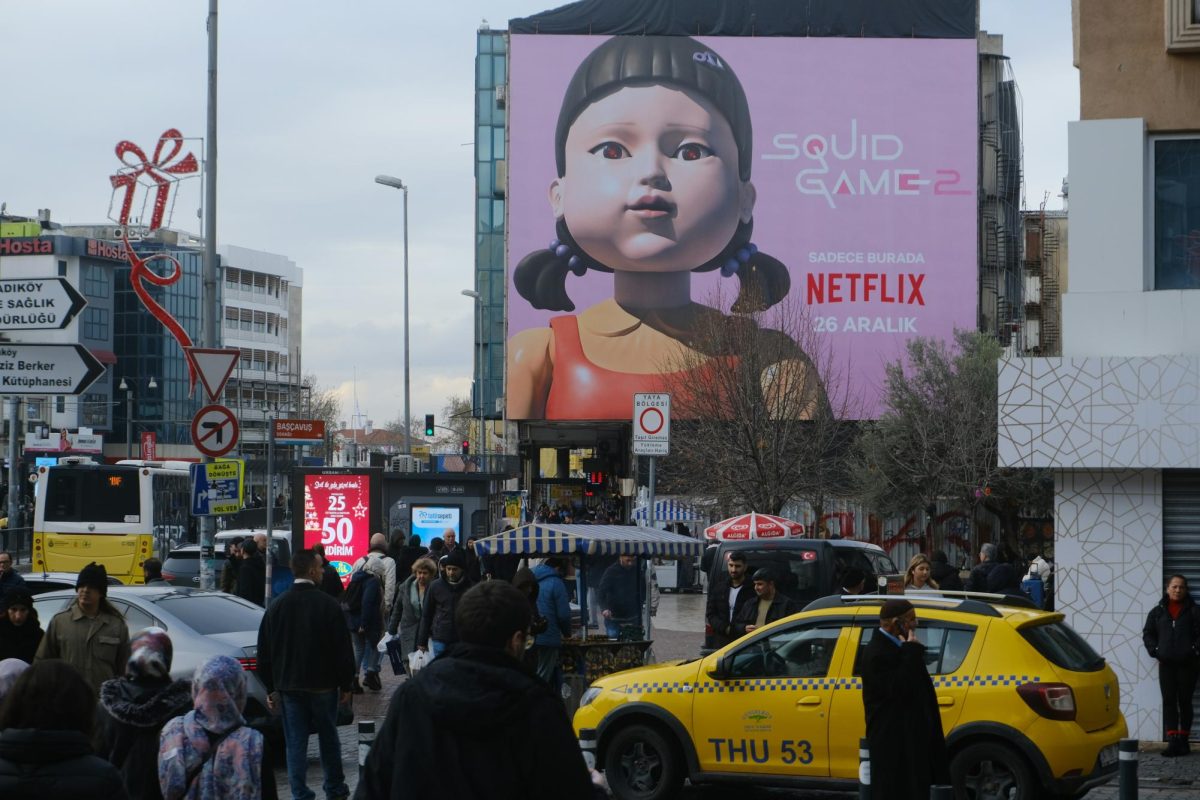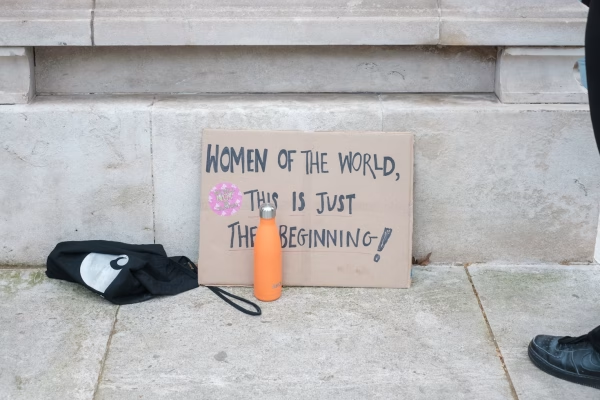Big Blockage in the Suez

On March 23rd, the world’s eyes turned to the tiny Egyptian waterway responsible for allowing a significant amount of the world’s trade to pass through. The Suez Canal was constructed in 1859 to allow a quicker trade route between Europe and Asia, cutting through Egyptian ports, eliminating the need for the time-consuming route around the Cape of Africa. Although the Canal has been expanded since its original construction in the 1800s, its shallow depth still runs the risk for boats to become lodged, blocking international trade for days, with ripple effects lasting weeks.
The Ever Given, a 1,312 foot long, 200,000 metric ton, cargo ship blocked the Suez Canal on its way to Europe from China. The ship is exactly the maximum size allowed to pass through the canal. Through a combination of poor visibility and high winds, it is highly possible that the ship was knocked off course, jamming the canal. Canal operators have not ruled out the possibility of human or technological error and are conducting a formal investigation to find any other issues that may have arisen to cause the blockage.
Monday afternoon the boat was announced to be “fully refloated” and “positioned in the middle of the waterway” according to the Suez Canal Authority. Through the use of dredges and 14 tugboats, the hull of the boat was drug from the floor of the canal. Some people have credited the moon with assisting the ship being freed, as the high tides bringing water into the canal led to the highest water level expected for the year.
The refloating of the ship allowed for Egyptian president Abdel Fattah el-Sisi to spin the event in a positive way for the nation, crediting “the Egyptians [success] in ending the crisis of the grounded ship in the Suez Canal, despite massive technical complications which engulfed this operation,” in a tweet.
While Egypt’s president has begun to look on the bright side, world trade has not experienced that grace yet. Through the duration of Ever Given’s stick in the canal, almost 400 ships were stuck waiting for the blockage to clear. This put a halt on the “10% of the world’s trade and 7% of the world’s oil” that passes through the canal, according to the US News and World Report. To account for this blockage, some shipping companies took the cost of sailing around Africa to be sure their cargo made it to their destination without a halt. The ripple effect of the blockage is suspected to be cleared out by the end of the week.
The Suez Canal usually operates smoothly, with few blockages, and normal groundings able to be cleared within hours or the same day. However, the almost weeklong stand-still in the canal has raised questions on the size of boats coming through the canal and the amount of cargo they are allowed to carry. The Ever Given was the maximum size allowed, making the removal process that much more of a challenge. As traffic through the canal clears, the Egyptian government and Suez Canal Administration are faced with questions regarding their staff, guidelines, and system of transportation.























